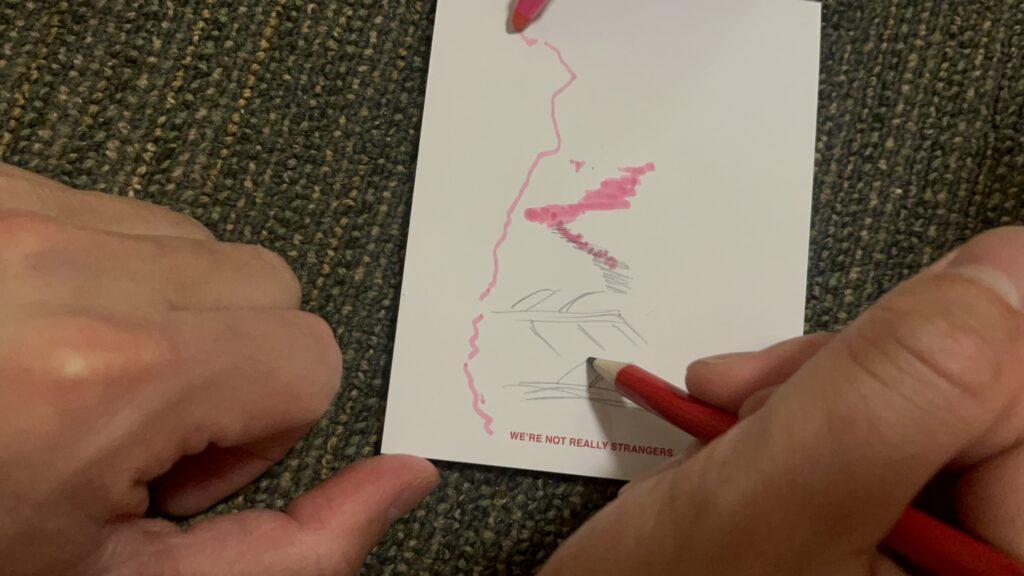For this week’s critical play, I played the game We’re Not Really Strangers. It is created by Koreen Odiney in 2018. The game can be played in-person or online via their website (https://www.werenotreallystrangers.com/pages/were-not-really-strangers-online-editions) in the form of downloadable PDF files (for single-player only).
Screenshots of the online version of the game:
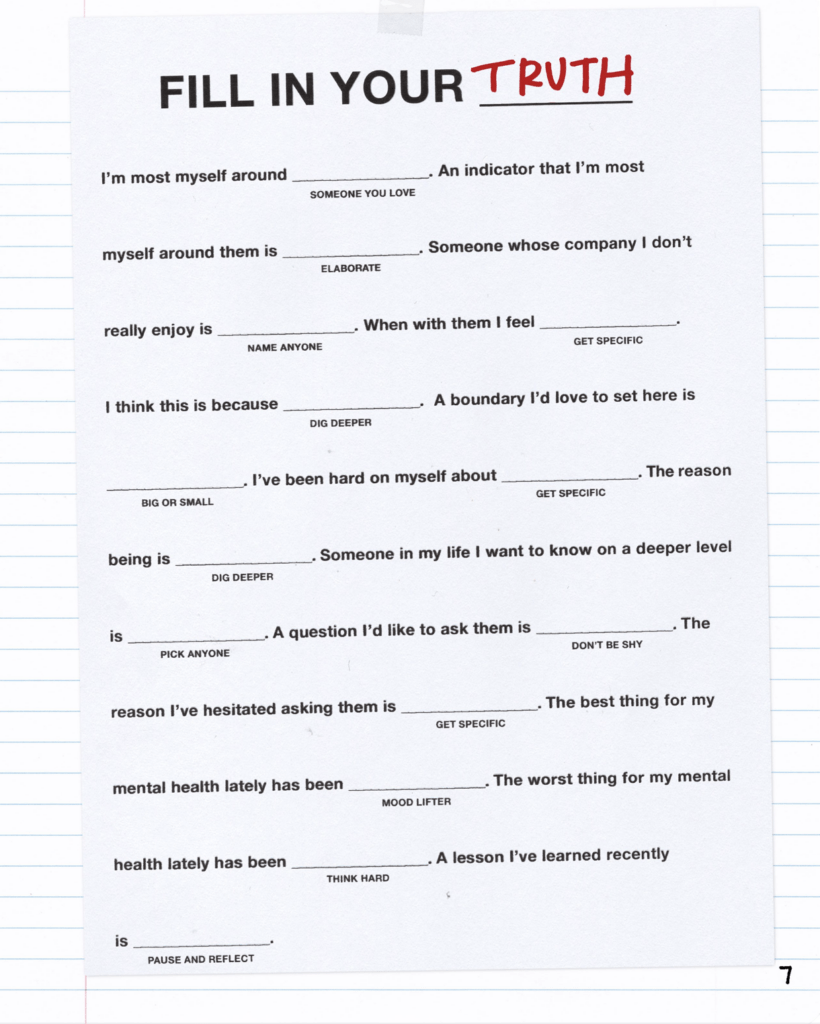
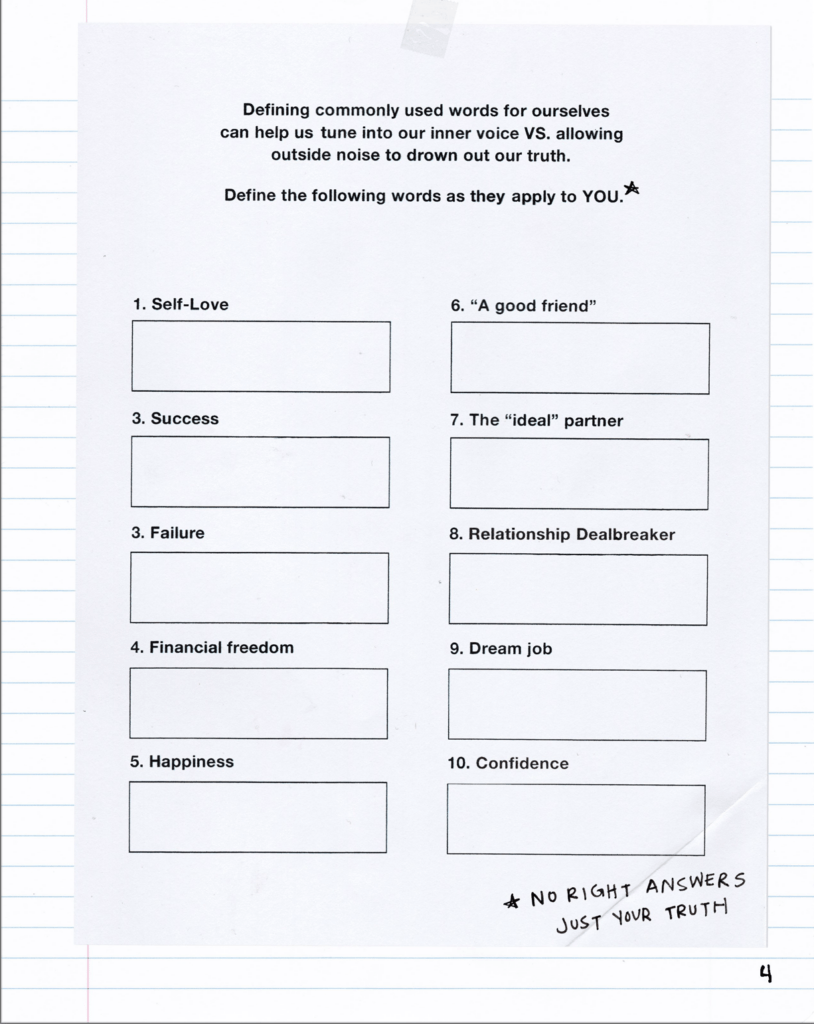
Target audience:
The box recommends players to be age 15 and above. Since some of the questions can be pretty mature, I would agree that the game is intended for older youths/younger adults and above. Also, the publisher has published a separate version of the game targeted towards kids, which has questions suitable for a younger age group (and young-at-hearts).
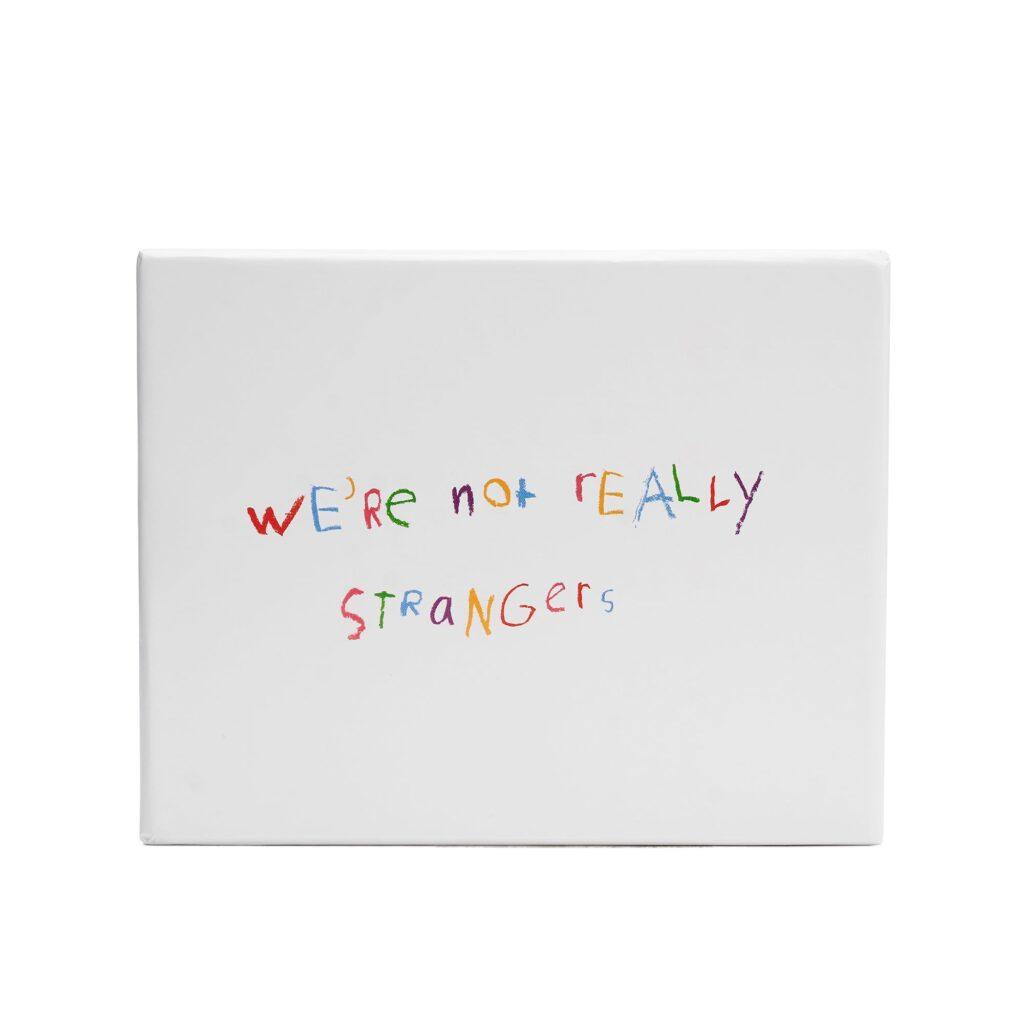
Critical Formal elements:
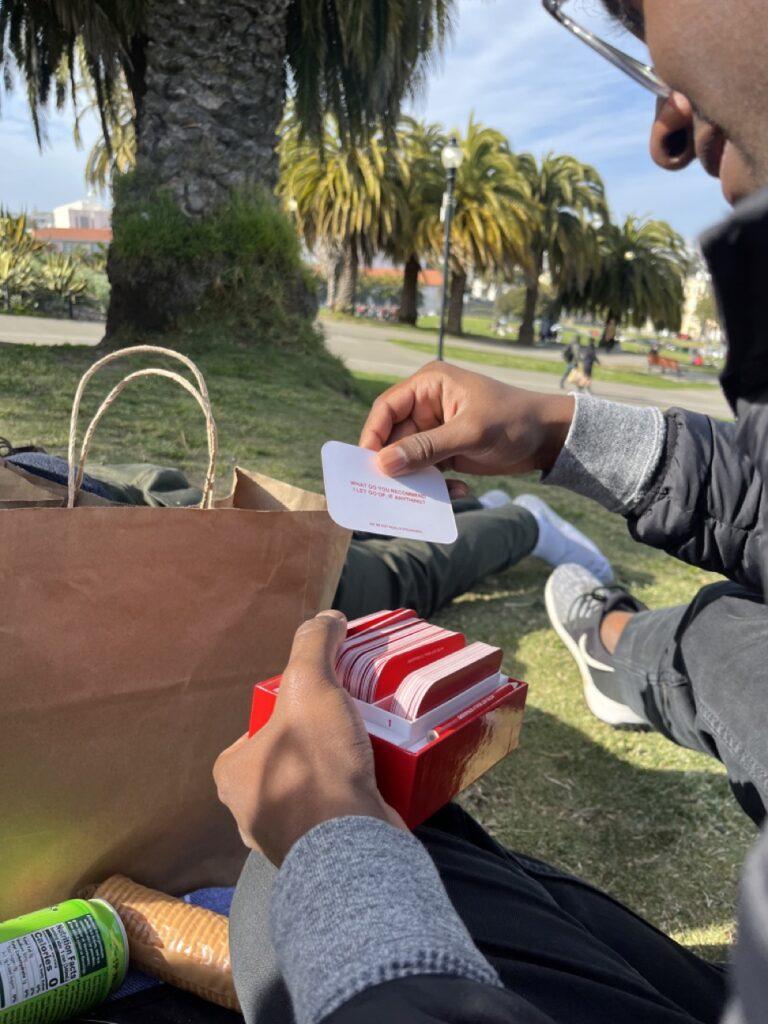
It is meant for 2-6 players, and contains 3 levels, with each level having deeper questions than the previous one. Level 1 contains “Perception” cards and focuses on players’ impressions of themselves and the other players. In this level, each player reads aloud a question they have randomly drawn face-down, and every other player answers the question. Level 2 consists of“Connection” cards, and takes a deeper emotional dive into each player’s past. Every player draws a card face-down, and when it is their turn, they have to select another player in the group to answer the question (they may not select a player that has just answered the question). Level 3 includes “Reflection” cards, and gives players an opportunity to reflect on the connections they have made with the other players. It has the same rules as Level 1.
For each level, players take turns drawing cards with prompts containing questions or actions related to the theme of that level, which the player has to answer or perform. Actions that players can take out of turn are limited to using the “Dig Deeper” card to invite the player sharing to go a little bit more in-depth about their response.
What kind of fun?
The kind of fun that the game invokes is ‘Fellowship’ and ‘Expression’. The mechanics of everyone having to share about their personal lives at some point in the game creates an atmosphere of having a safe space, while also helping players learn more about one another, leading to players hopefully feeling emotionally closer to one another. This then leads to a sense of fellowship among the players.
Additionally, this mechanics of having every player share and encouraging people to be vulnerable also creates a safe platform where people can share about parts of their lives that are usually guarded, thereby leading to the fun of ‘expression’.
Why does this game work? How could it be improved?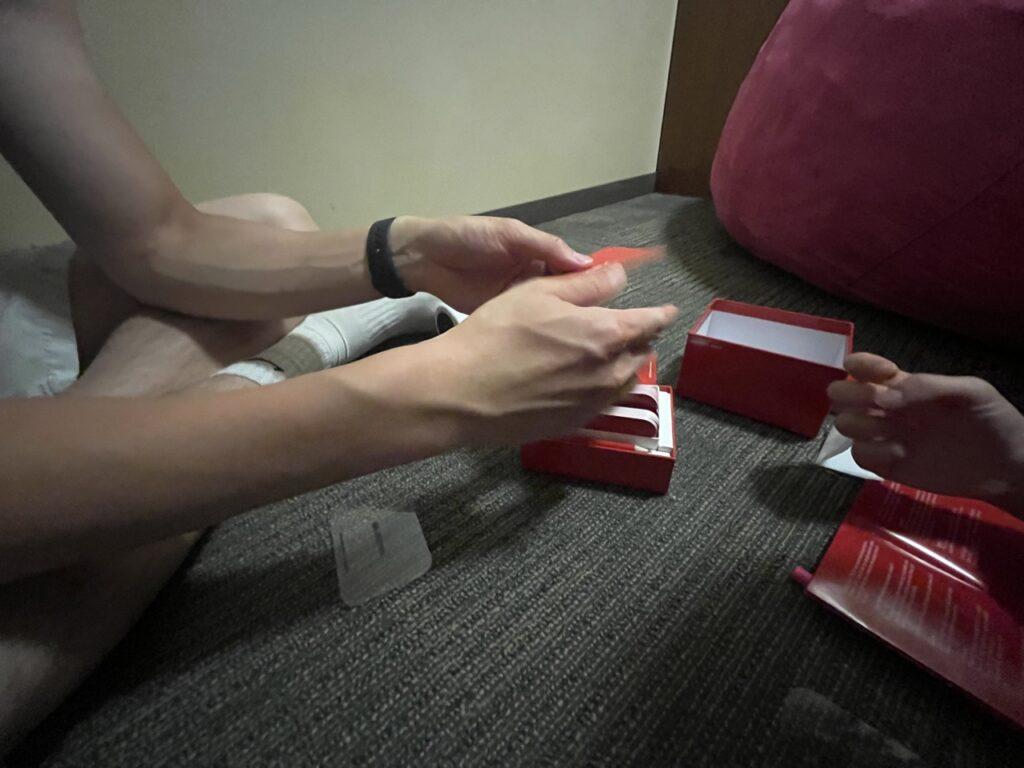
This game is a highly-improved version of Truth or Dare, and it works because people are already familiar with how the game works.
However, in the course of playing the game, I discovered some ways it could be improved. For one, when playing the game, no one actually wanted to do the ‘Action’ cards, and instead always drew again until they hit a ‘Question’ card, and thus the presence of the ‘Action’ cards can be rethought, for example turning them into cooperative challenges or team-based activities.
Also, the rules of Level 3 work exactly like Level 1 (Ask a question that each player must answer about you), and don’t really lead to a sense of progression in the game. Maybe something better would be to create a different procedure for this level.
Compare the game you chose to other games in its genre. What differentiates it from the other games? Is it better/worse? How so?
I think this game is one of the best games in its genre, distinguishing itself as a party game that has each player show up as themselves and focuses on fostering deep connections between players. Compared to Truth or Dare, it creates a more intentional experience. The most significant difficulty of Truth or Dare is usually coming up with quality questions, instead of resorting to the usual tropes that are typically pretty relationship-oriented and/or sexual (eg. the classic question of ‘shoot, shag, marry’). However, these questions are much more intentional and wide-ranging and really dig deep into each player.
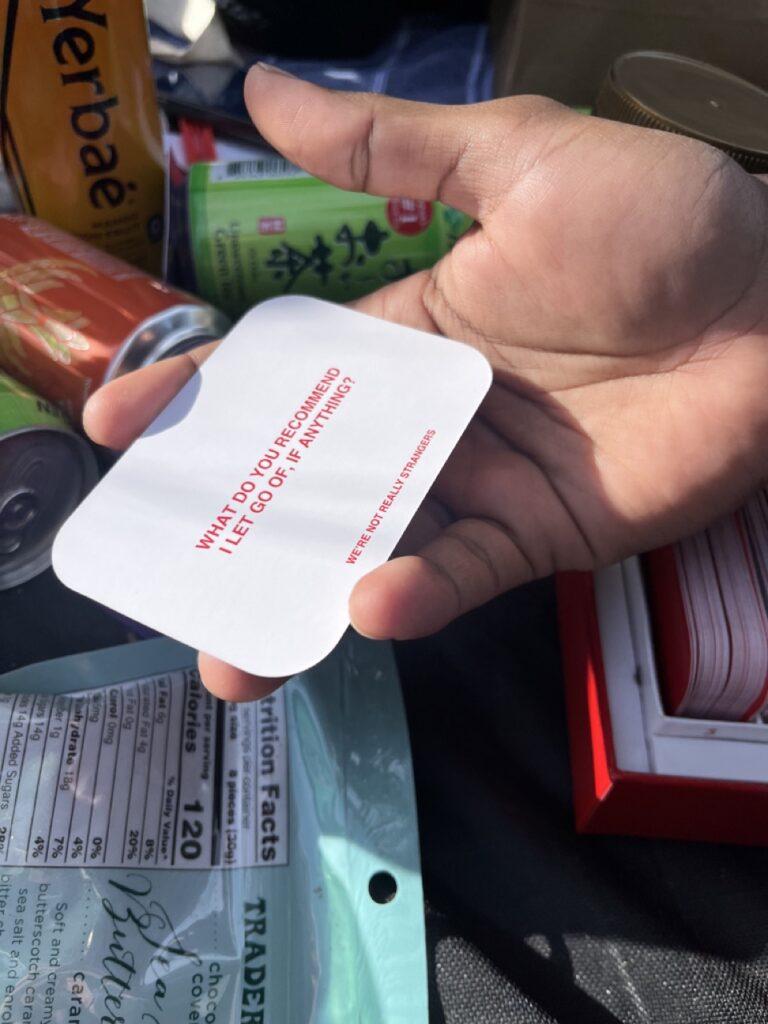
How vulnerable do you need to get?
I think players have their own choice in choosing how vulnerable they want to be in the game, sharing as much or as little as they want to. I think it very much depends on the general pre-disposition of individual players: some people are more comfortable with being vulnerable with others, and some people are less so. The game strives to create a safe and supportive environment, but players should be mindful of their boundaries and only share as much as they feel comfortable revealing. The level of vulnerability is ultimately up to each player, and they can choose to participate in a way that feels right for them.
However, I have found that generally, the more vulnerable players are, the more engaging the game experience will be for them.
An interesting comparison that I had was to play this game with two groups of people, once with my closest friends, and the second time with a mix of both close friends and newly-met acquaintances. I had positive experiences both times, although they were slightly different. For example, the second time with both close friends and acquaintances, I found it more challenging to be vulnerable. Still, after challenging myself to do it (and having them do the same), I found that I felt much closer to my new acquaintances. The degree of the increase in ‘felt’ closeness is greater for the second group of people than the first group, with whom I already feel close and know much about.
I realize that this game, while directed at fostering interpersonal connections, can also help people to learn more about themselves. Some of the questions asked are extremely reflective and introspective, and in the course of answering them, help the player to reflect more about their lives.
